13 Animals That Defy Science and Logic
Introduction: Nature's Enigmatic Marvels
The animal kingdom is replete with creatures whose behaviors and abilities baffle scientists and defy logical explanation. Delve into these captivating tales that showcase the mysteries of evolution and adaptation.
1. Parrotfish's Nighttime Mucus Shield
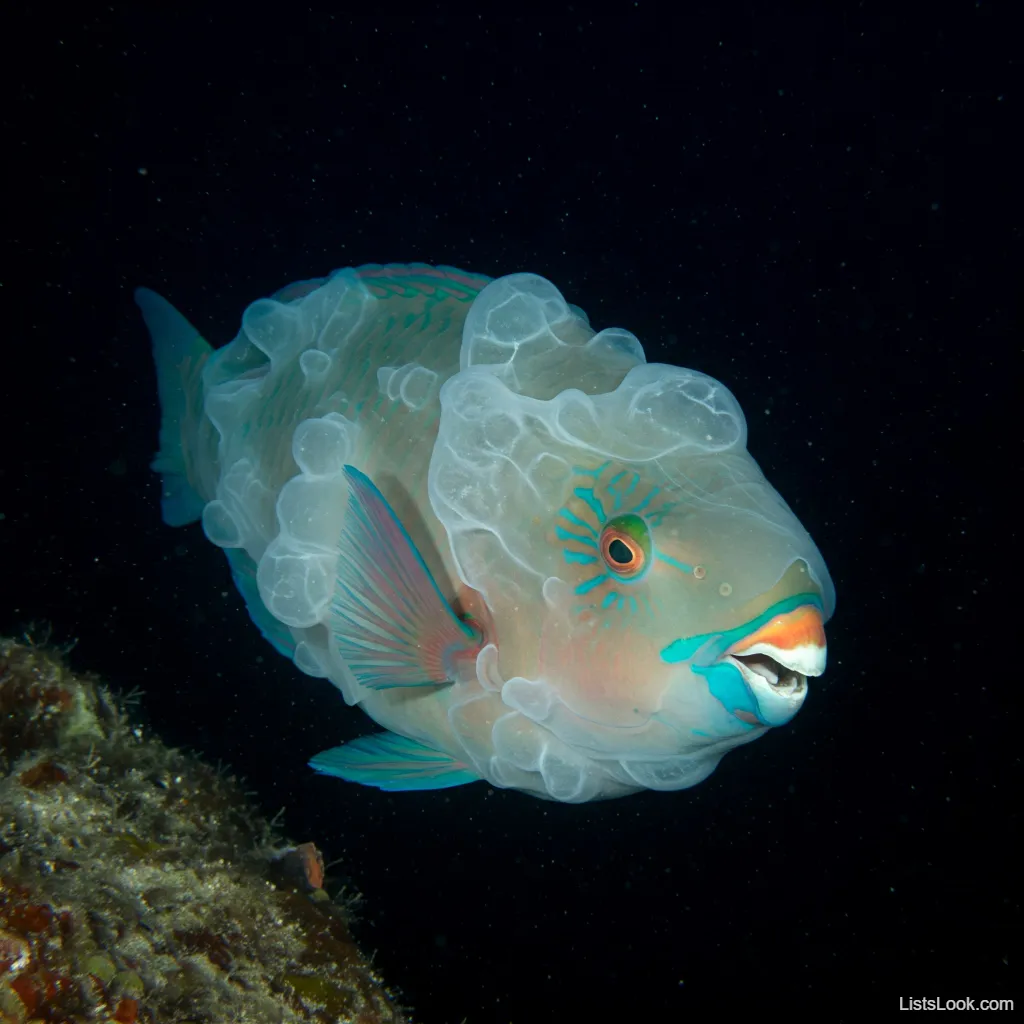
Parrotfish secrete a mucous cocoon around themselves before sleeping, which masks their scent from predators and keeps parasites at bay during their rest.
2. Jawfish Fathers Incubate Eggs in Their Mouths
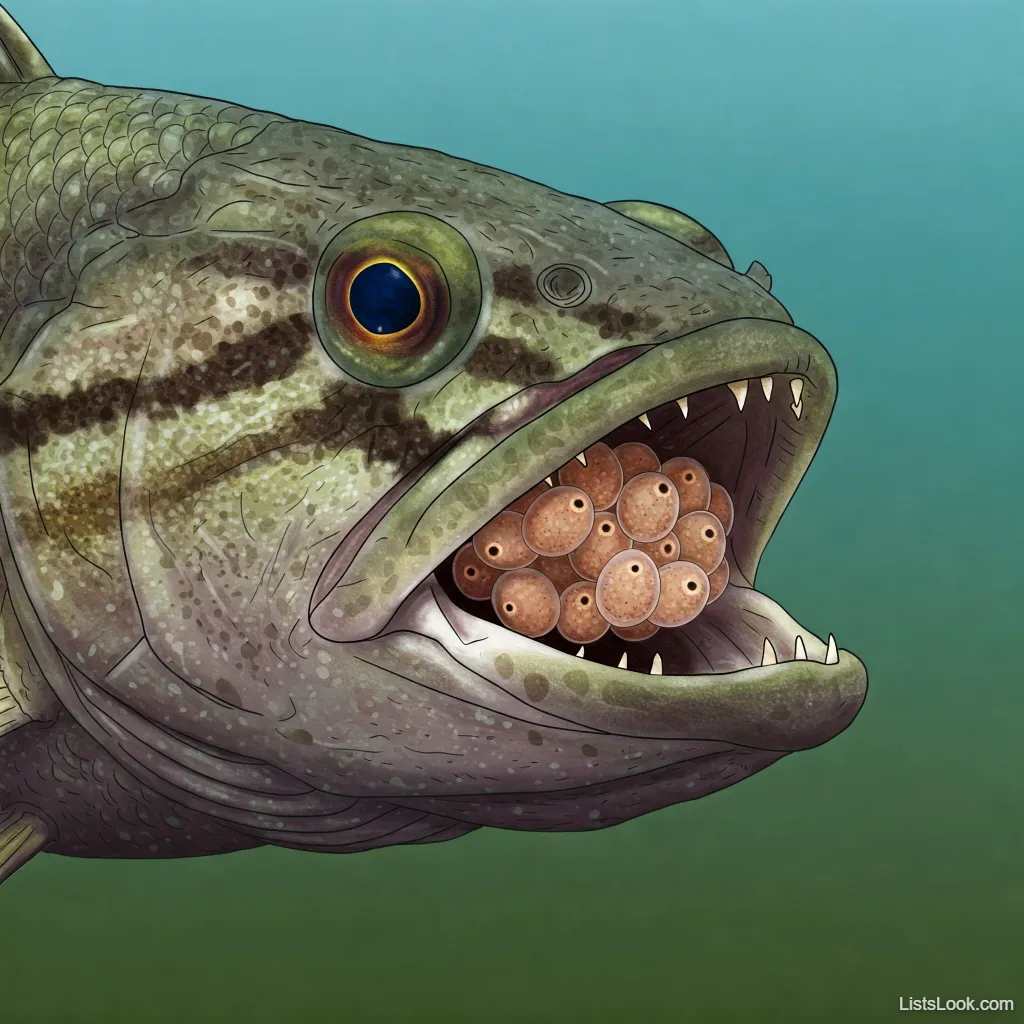
Male jawfish protect their offspring by holding and incubating eggs in their mouths until they hatch, periodically spitting them out to clean and hydrate the clutch.
3. Tongue-Eating Parasite Replaces Fish Tongues
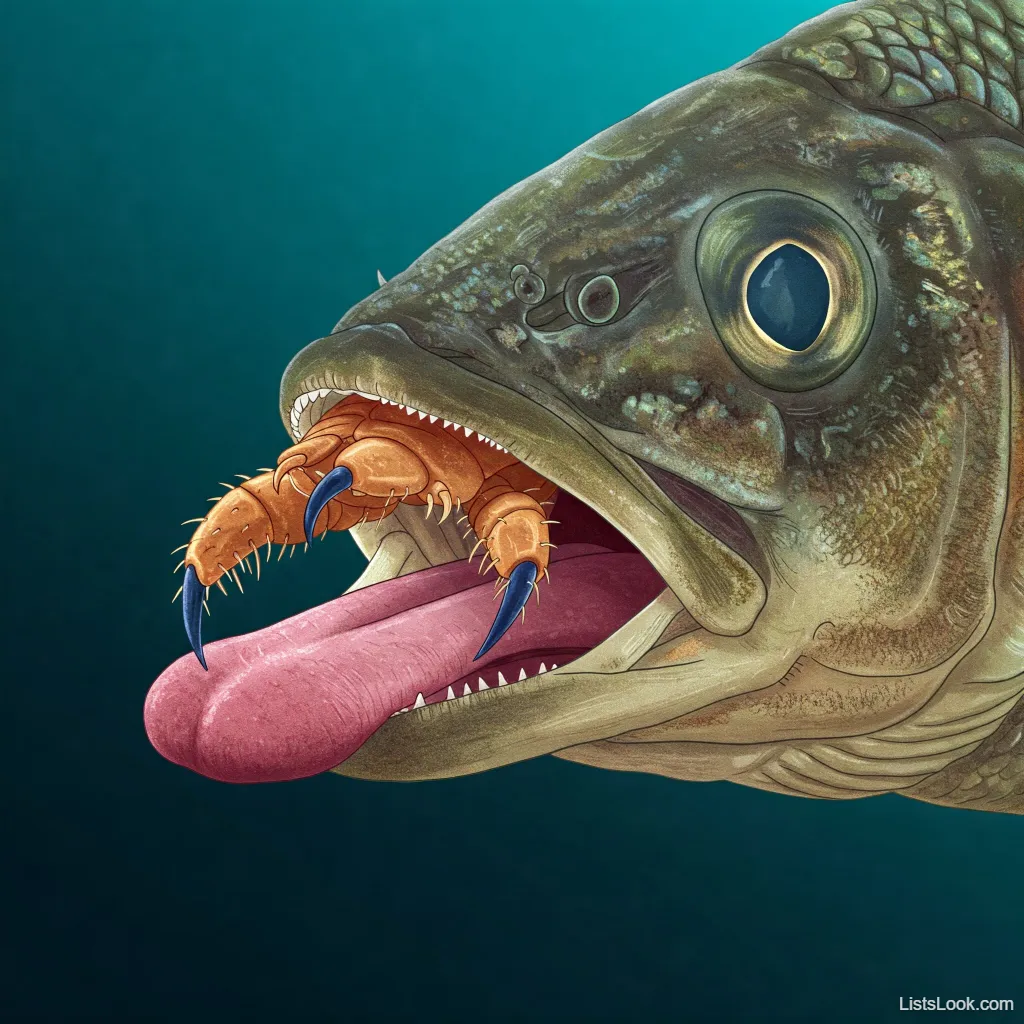
The tongue-eating louse, a parasitic isopod, enters a fish's mouth through its gills, consumes the tongue, and then attaches itself as a replacement, effectively becoming the fish's new tongue.
4. Bumphead Parrotfish Use Heads to Break Coral

Bumphead parrotfish employ their massive foreheads to ram into coral reefs, breaking off chunks to consume, which aids in reef erosion and sand production.
5. Remoras Hitch Rides on Larger Sea Creatures
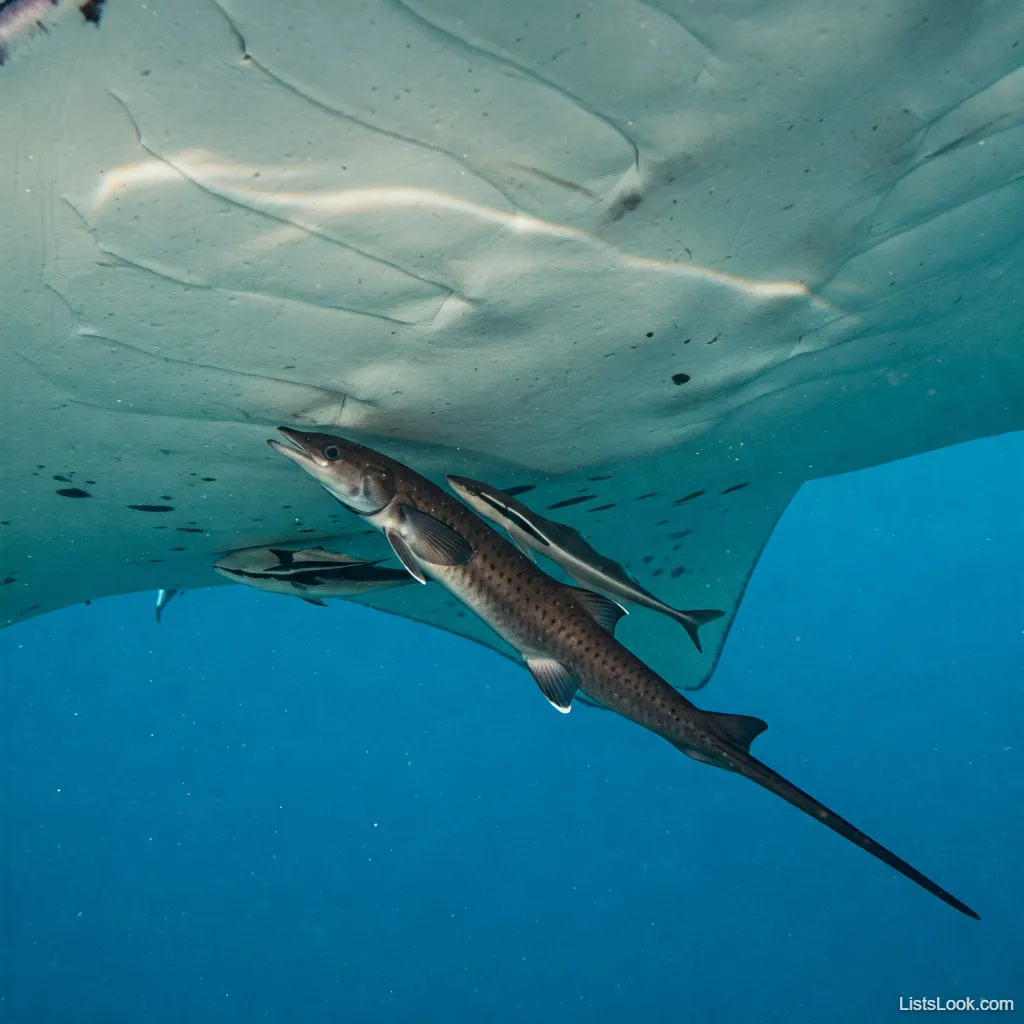
Remoras have specialized suction discs on their heads, allowing them to attach to sharks, turtles, and other large marine animals, gaining free transportation and scraps of food.
6. Dogs Align with Earth's Magnetic Field When Defecating

Research indicates that dogs prefer to align their bodies along the north-south axis of Earth's magnetic field when relieving themselves, though the reason remains unclear.
7. Cockroaches and Geckos Perform Gravity-Defying Maneuvers
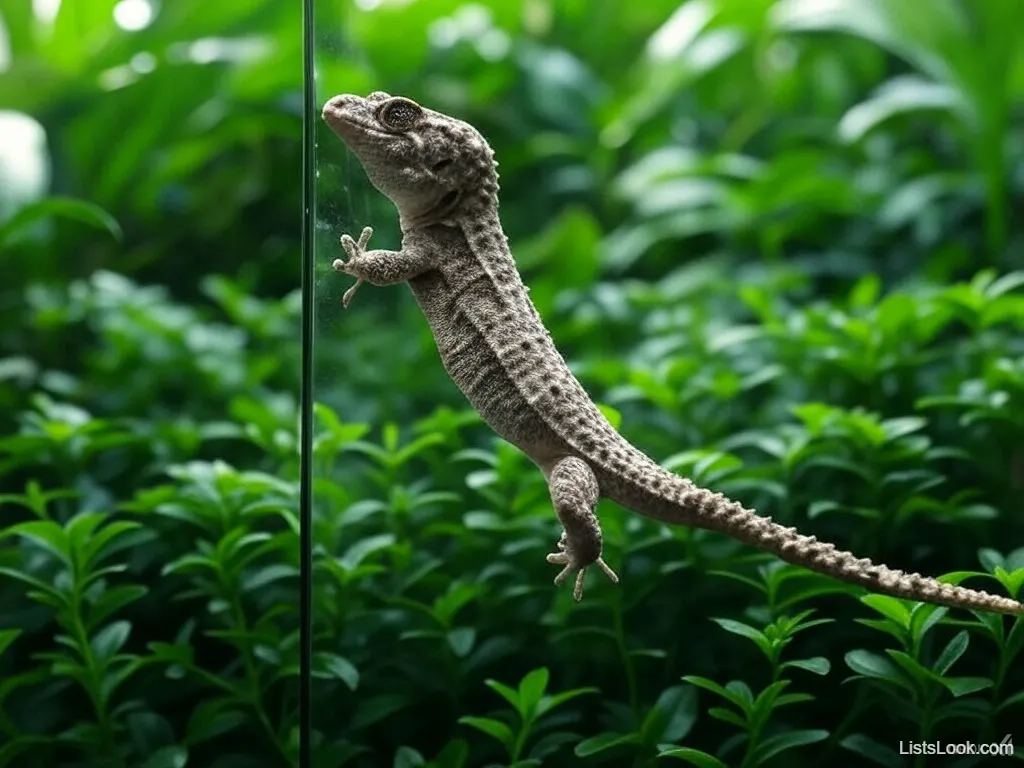
Both cockroaches and geckos can swing under ledges using their claws and body momentum, a maneuver that allows rapid escape from predators.
8. Elephants Communicate Using Infrasonic Vibrations

Elephants produce low-frequency sounds, inaudible to humans, that can travel miles, allowing them to communicate over long distances. They can also detect these vibrations through their sensitive feet.
9. Spiders Utilize Static Electricity to Adhere to Surfaces
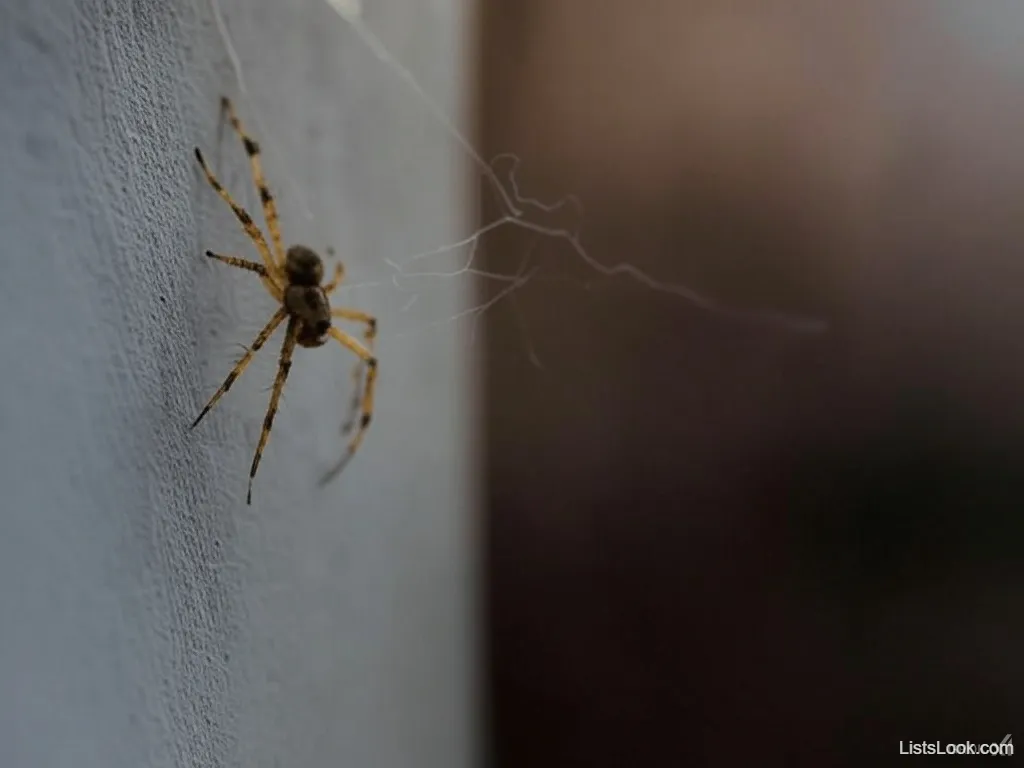
Spiders' feet are equipped with tiny hairs that exploit static electricity, enabling them to cling to walls and ceilings effortlessly.
10. Oriental Hornets Harvest Solar Energy

Oriental hornets possess a unique pigment in their exoskeletons that allows them to convert sunlight into electrical energy, which may aid in their daily activities.
11. Octopuses Throw Debris at Each Other
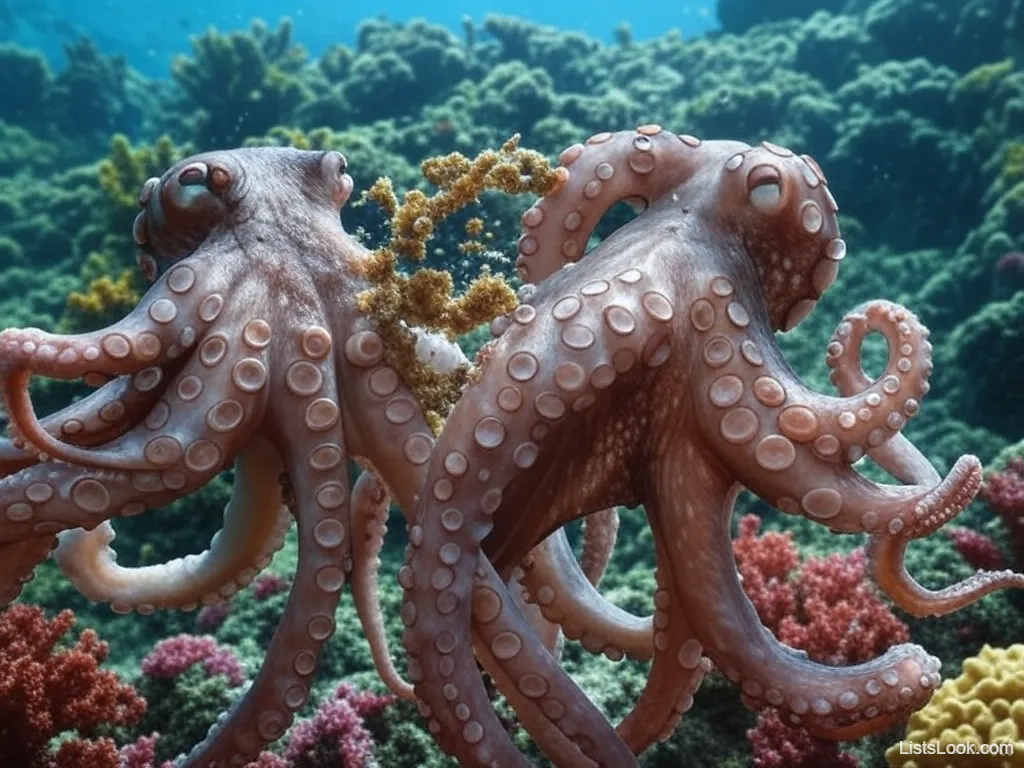
Octopuses have been observed picking up objects like shells and rocks and propelling them through the water at other octopuses, a behavior that may serve as a form of communication or aggression.
12. Dolphins Use Toxic Pufferfish to Induce Trance-Like States

Some dolphins have been seen carefully handling pufferfish, prompting them to release toxins. In small doses, these toxins can have a narcotic effect, leading to trance-like behavior in dolphins.
13. Kangaroos Attempt to Drown Predators

When threatened, kangaroos may lead predators into water and use their forelimbs to hold the pursuer underwater in an attempt to drown them.
Sharing Nature's Wonders
The natural world is filled with astonishing behaviors that challenge our understanding and inspire awe. Share these captivating stories with others to spread appreciation for the mysteries of the animal kingdom.
Comments
Loading comments...